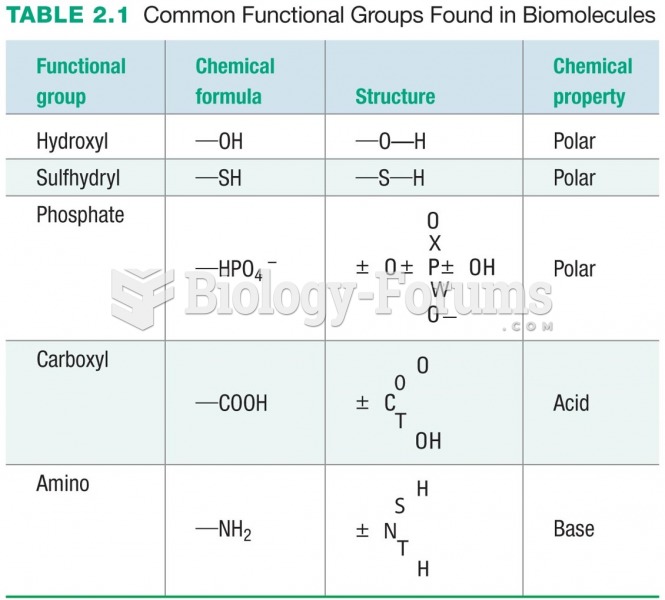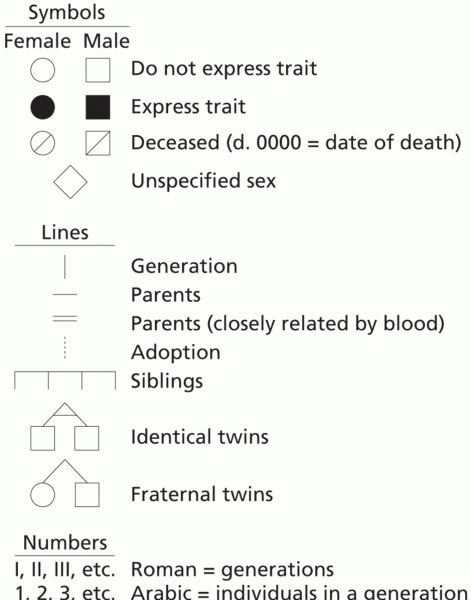This topic contains a solution. Click here to go to the answer
|
|
|
Did you know?
As many as 28% of hospitalized patients requiring mechanical ventilators to help them breathe (for more than 48 hours) will develop ventilator-associated pneumonia. Current therapy involves intravenous antibiotics, but new antibiotics that can be inhaled (and more directly treat the infection) are being developed.
Did you know?
If you could remove all of your skin, it would weigh up to 5 pounds.
Did you know?
Blood is approximately twice as thick as water because of the cells and other components found in it.
Did you know?
Women are 50% to 75% more likely than men to experience an adverse drug reaction.
Did you know?
Essential fatty acids have been shown to be effective against ulcers, asthma, dental cavities, and skin disorders such as acne.







